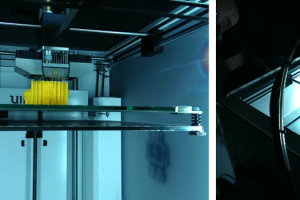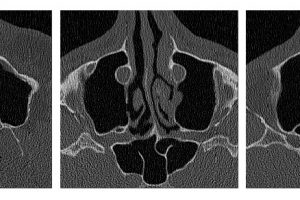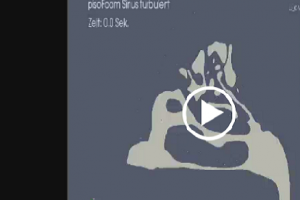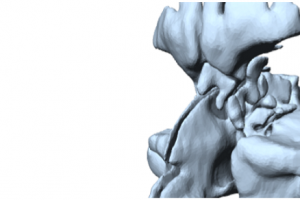Containers for Rhinodiagnost
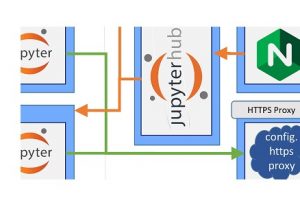
The Rhinodiagnost article “Web-access to HPC for Rhinodiagnost” presents reasons and efforts that led to the use of Jupyter as a multi-functional web interface for easy access to HPC resources in the Rhinodiagnost project. In order to use Jupyter in the project outside the HPC environment or without the necessity of an HPC clusters, the solution is transferred into self-sufficient […]
» Read more

